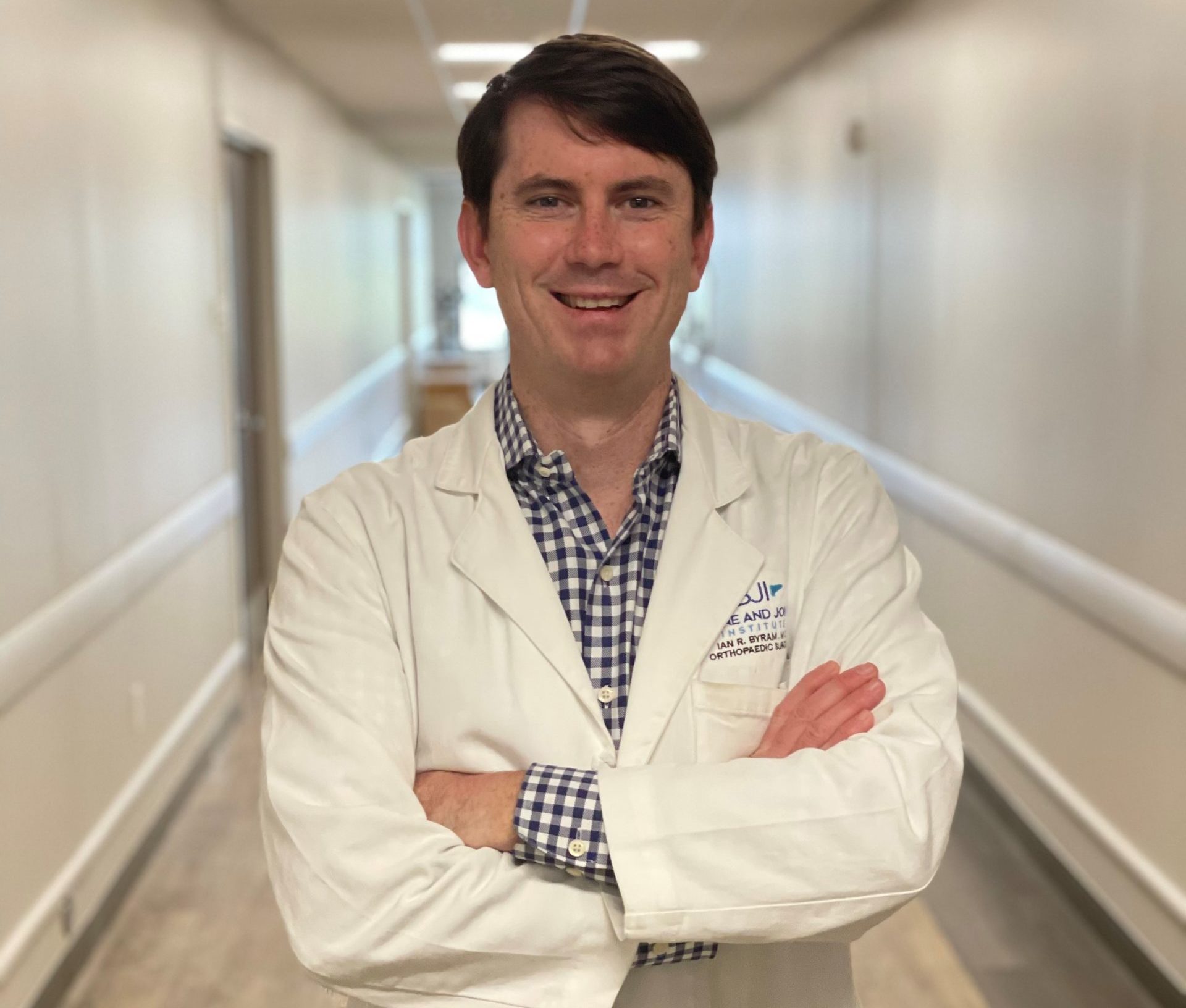28 Apr Shoulder and Elbow Fractures

Shoulder and elbow fractures can be complex. We recently sat down with Ian Byram, M.D., a subspecialist at Bone and Joint Institute of Tennessee, to learn more about his experience in treating these injuries, as well as training other specialists within his field.
Dr. Byram frequently instructs other surgeons at the regional and national level in performing these procedures. This September in Nashville, he’s hosting a national site for shoulder and elbow awareness week for the American Shoulder and Elbow Society (ASES). As a frequent contributor to the specialty, he collaborates with ASES and the Association of Clinical Elbow and Shoulder Surgeons (ACESS) to share difficult cases and innovate the field.






